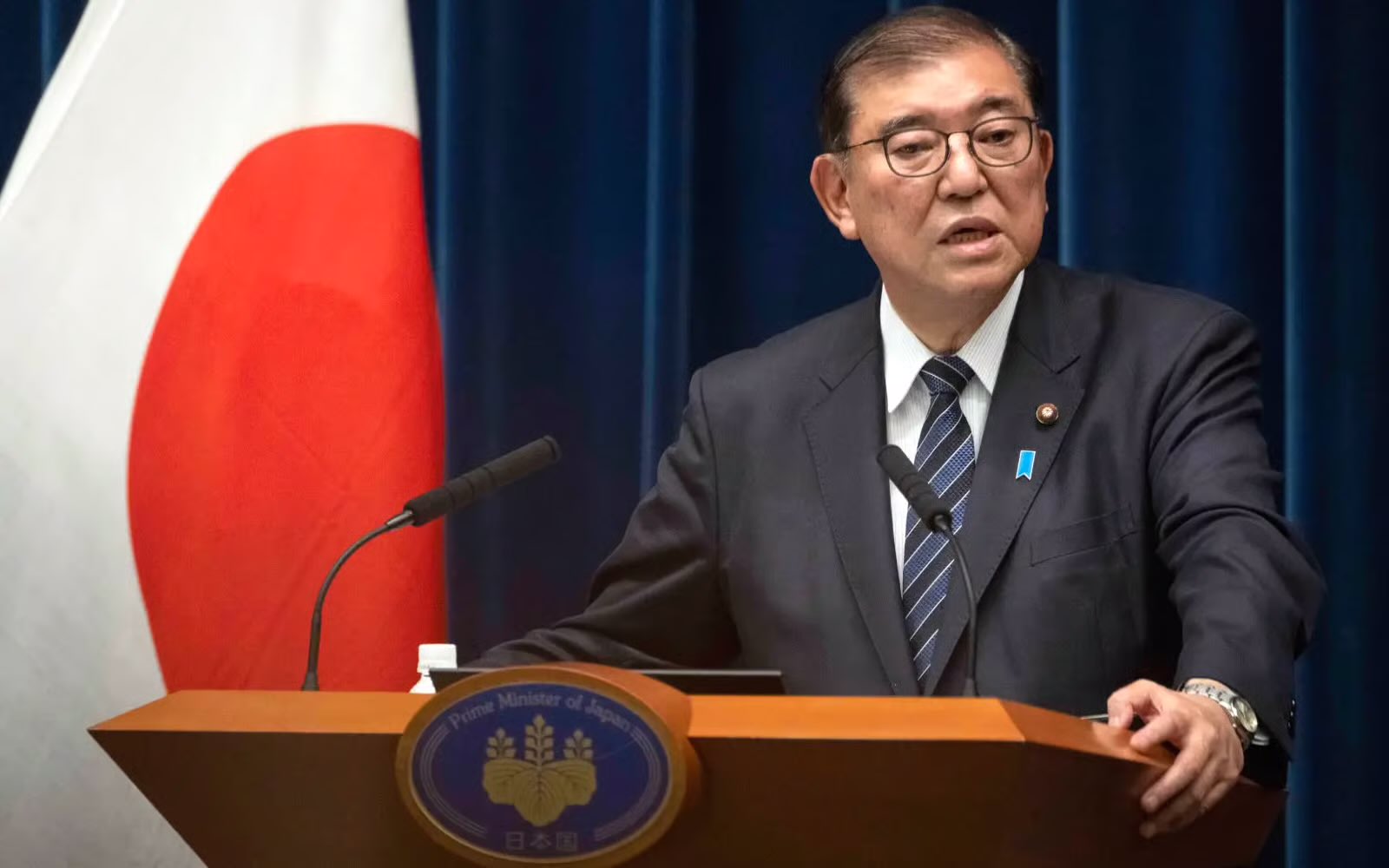Japan’s PM Shigeru Ishiba Resigns After Electoral Setbacks, Party Crisis Deepens
Japanese Prime Minister Shigeru Ishiba announced his resignation on Sunday evening, bowing to mounting internal pressure within his ruling Liberal Democratic Party (LDP) after successive electoral defeats and growing calls for new leadership.
 |
| Image Source: Cillian |
Speaking briefly to the media, Ishiba said he was taking responsibility for the party’s poor electoral performance and stepping aside to preserve party unity.
“I have decided to step aside and make way for the next generation,” Ishiba said. “Now that negotiations on US tariff measures have reached a conclusion, I believe this is the appropriate moment to resign.”
Defeat at the Polls, Pressure from Within
Ishiba, who took office in October 2024 after finally securing the LDP presidency on his fifth attempt, has presided over a turbulent tenure marked by economic uncertainty and political unrest.
Under his leadership, the LDP and its junior coalition partner Komeito lost their majority in the powerful lower house in a general election held in October 2024.
A similar result followed in the upper house election this July, compounding the political crisis and triggering widespread dissatisfaction within party ranks.
Sources told NHK that Ishiba met with former Prime Minister Yoshihide Suga and Agriculture Minister Shinjiro Koizumi at his office on Saturday.
Both leaders reportedly urged him to step down before internal party motions forced his hand.
They emphasized the need to avoid a damaging split in the LDP — which has ruled Japan almost continuously since 1955.
Party Faces Turbulent Transition
Ishiba’s departure has set in motion a potentially contentious leadership race, with candidates expected to formally declare ahead of a party-wide vote in early October.
The winner of that election will become both LDP president and Japan’s next prime minister.
Among the expected contenders is former economic security minister Sanae Takaichi, a staunch conservative who lost to Ishiba in last year’s leadership race and would become Japan’s first female prime minister if elected.
Another potential frontrunner is the 44-year-old Agriculture Minister Shinjiro Koizumi, a high-profile reformist and son of former PM Junichiro Koizumi. He has gained support within the party’s younger ranks and has been visible on economic and environmental issues.
The resignation also revives speculation about the influence of veteran party figures, including former Prime Minister Taro Aso and members aligned with the late Shinzo Abe’s legacy faction, many of whom had turned critical of Ishiba’s leadership.
Governance Challenges Await
The leadership vacuum comes at a delicate time for Japan. The world’s fourth-largest economy is confronting a cost-of-living crisis, regional tensions, and internal debates over immigration policy and demographic decline.
Ishiba’s government had also faced mounting public frustration over policy inertia and scandals. A major political funding scandal earlier this year further eroded public trust in the LDP.
According to a Kyodo News poll released Sunday, public support for Ishiba’s Cabinet had dropped to 32.7%, down 2.7 points from the previous month -- the lowest since his premiership began.
Though his term was short-lived, Ishiba made headlines last week when U.S. President Donald Trump agreed to reduce tariffs on Japanese cars from 27.5% to 15%.
Ishiba pointed to this outcome as evidence of progress in Japan’s trade diplomacy but acknowledged it was not enough to reverse the political tide.
LDP in Search of Stability
The Liberal Democratic Party now faces the task of selecting a leader who can not only restore electoral fortunes but also navigate an increasingly fragmented political landscape.
While opposition parties have yet to present a unified challenge, dissatisfaction among voters has also fueled support for right-leaning groups such as the populist Sanseitō party.
The coming weeks will be critical for Japan’s political future, with the LDP leadership vote expected to shape the country’s direction on everything from economic reform and climate policy to national security and international diplomacy.
